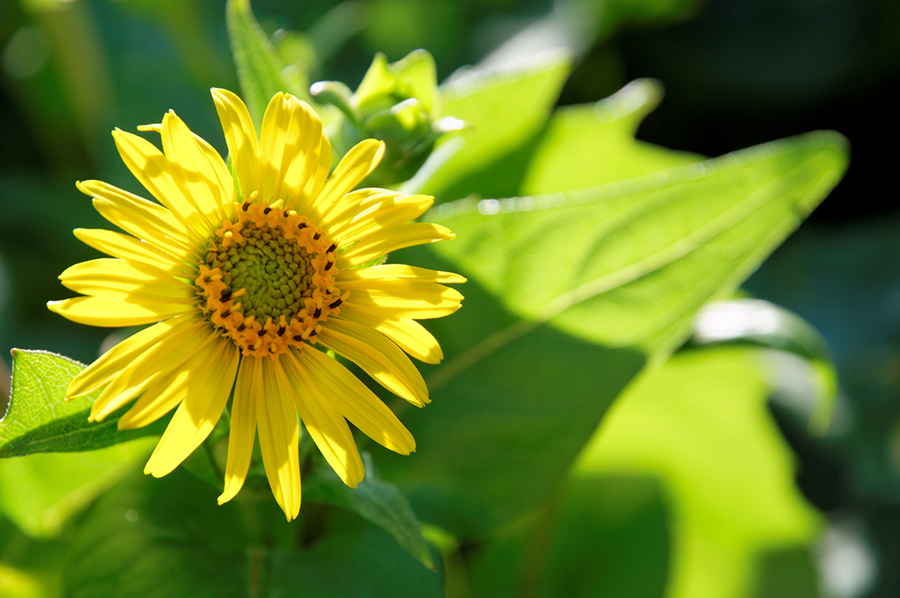9 Flowers and Plants that Have Gone Extinct
Learn about these extinct species from the past and discover why they can no longer be found growing on Earth.
Apr 02, 2018
Earth has existed for more than 4.5 billion years, and it has undergone some major changes during that time. One of those is in the types of greenery it is home to.
Here is a list of flowers and plants that have gone extinct either recently or billions of years ago, whether due to climate change, geological shifts, or human or animal interference.
1. Silphium
If you somehow stumble upon this flower, you might mistake it for a daisy. With its many small, long, yellow petals, the silphium looks like the cousin of yellow daisies. However, the flower has not been seen by humans since it went extinct in the first century BC.

2. Cooksonia
Believed to be one of the first plants on the planet, cooksonia lived more than 425 million years ago. (To put that in perspective, dinosaurs lived around 66 million years ago.) These water-loving plants could be found along coastlines all over the world. More interestingly, scientists believe these were the first plants to have a stem.
3. Saint Helena mountain bush
Found exclusively on the island of Saint Helena, the appropriately named Saint Helena mountain bush disappeared from the island after population size more than doubled in just a few years.
4. Franklin tree
Once found only along the Altamaha River in Georgia, the Franklin tree was discovered in the mid-1700s and named after Benjamin Franklin. However, roughly 50 years after being discovered, the plant went extinct. Though the exact reason why remains a mystery, scientists believe it was because chemicals from nearby cotton plantations leaked into the river and destroyed the local soil.
5. Valerianella affinis
This dry-weather-loving annual grew exclusively on the hill slopes of Yemen in the 19th century. The reason for the plant’s sudden disappearance remains a mystery to this day.
6. Toromiro tree
Unlike others on this list, this tree is what’s known as “extinct in the wild.” Originally found on the remote Easter Island, the Toromiro tree could no longer be found in its native habitat by the 1800s because of deforestation. However, a few seeds were recovered before the tree went extinct and were planted in greenhouses and controlled gardens in Europe. So, while the Toromiro tree still exists, it’s believed it will never grow in a natural environment again.
7. Cry violet
Tears were surely shed for this beautiful plant once it could no longer be found in the wild by the mid-1930s and went completely extinct by the 1950s. The cry violet, which was found exclusively in France, was driven to extinction after it was picked faster than it could be planted.
8. Hawaii chaff flower
If you ever visited the beaches of Hawaii in the 1950s or '60s, odds are you saw the beautiful Hawaii chaff flower. Unfortunately, after Hawaii became a popular travel destination and the number of people living there increased dramatically, this shrub-like bush lost much of its land to houses, hotels, and condos, causing it, and its pretty purple flowers, to go extinct within a matter of years.
9. Kalimantan mango
Native to Indonesia, the Kalimantan mango (also known as Mangifera casturi) was a tropical fruit tree that grew more than 30 feet tall. Though extinct in the wild due to illegal logging practices, botanists worked hard to cultivate the tree in controlled environments because of its delicious fruit.
Hopefully, we’ll never have to live in a world in which roses, daisies, and tulips don’t exist!







